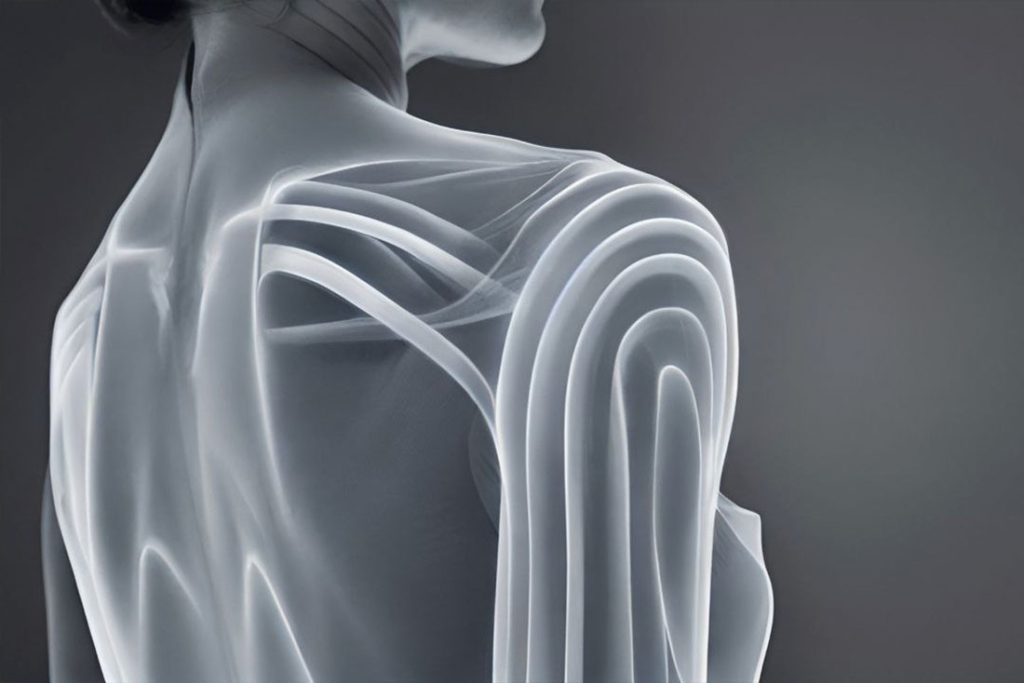The Anatomy of the Arm and Hand in Cosmetology: A Detailed Overview and its Practical Importance
The profound intricacies of the human anatomy play an essential role in the field of cosmetology. A beautician’s understanding of these structures, especially of the arm and hand, is critical for the delivery of safe, effective, and comprehensive services. This article delves into the significant bones of the arm and hand relevant to cosmetology, underlining their practical implications in the field.

The Anatomy of the Arm and Hand
The Essential Bones of the Arm and Hand
- Humerus: The humerus, the longest and largest bone of the arm, spans from the shoulder to the elbow, providing structural integrity and facilitating arm movement.
- Ulna: The ulna is the larger and innermost bone of the forearm, positioned on the side of the little finger. It plays a pivotal role in the elbow’s hinging movement.
- Radius: The radius, positioned on the thumb’s side, is the smaller bone in the forearm, responsible for the forearm’s rotation around the ulna.
- Phalanges: The phalanges are the bones that make up the fingers and toes. Each finger houses three phalanges, while the thumb contains two.
- Metacarpus: The metacarpus comprises five metacarpal bones located within the palm, bridging the carpus and phalanges.
- Carpus: The carpus or wrist is a flexible joint composed of eight small, irregularly-shaped bones called carpals, which facilitate a range of wrist motions.

Understanding the Arm and Hand Anatomy in Cosmetology
- Humerus: The humerus’ location and structure can greatly influence the client’s comfort during procedures, affecting how the arm is positioned or supported.
- Ulna and Radius: Understanding the ulna and radius’s alignment is key to maneuvering a client’s arm comfortably during services, while also assisting the beautician in maintaining ergonomic practices.
- Phalanges, Metacarpus, and Carpus: Extensive knowledge of these bones is critical for manicures and hand massages. Correctly identifying these structures ensures the safe and effective application of pressure, the optimal manipulation of joints, and the proper handling of delicate areas, contributing to a more precise and comfortable service.
The Value of Arm and Hand Bone Anatomy in Cosmetology
- Skill Refinement: An understanding of arm and hand anatomy empowers cosmetologists to refine their skills, deliver more precise services, and improve their technique over time.
- Client Safety: Knowledge of bone structures aids in the prevention of potential injuries, ensuring the safe and gentle handling of client’s hands and arms during treatments.
- Enhanced Service Delivery: A sound understanding of the underlying structures of the arm and hand can enhance the quality of the services provided, leading to increased client satisfaction and repeat business.
- Personalized Approach: Understanding the individual anatomical differences allows for more personalized treatments, which can significantly improve the overall client experience.
A cosmetologist’s understanding of the arm and hand’s bone anatomy is not only beneficial but essential. Such knowledge underpins the provision of high-quality, personalized services while ensuring the safety and comfort of clients. As cosmetologists continue to advance their skills and broaden their service offerings, a deep understanding of the body’s structures remains a cornerstone of professional growth and success.






